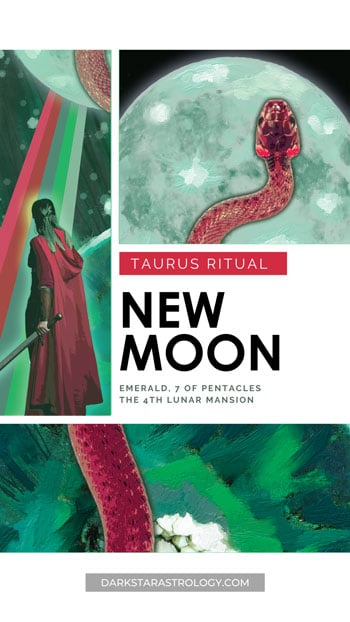

five By Yanko González, translated from the Spanish by Stephen Rosenshein.Mardon’s Night by Kjell Askildsen, translated from the Norwegian by Seán Kinsella.We See You, White American Theater By Brittani Samuel.Amalia Ulman’s El Planeta By Caitlin Quinlan.Alexandre Koberidze’s What Do We See When We Look at the Sky? By Tyler Wilson.Moving Through Grief and Transition: devynn emory’s deadbird By Noa Weiss.Aliyah Dunn-Salahuddin with Luke Williams.Listening In: Leni Stern, High-Flying Bird By Scott Gutterman.


#Dark moon may 2021 how to
Trans-Gendered, or How to Disappear By Sessi Kuwabara Blanchard.Black Carnelian Grotto By Shola von Reinhold.Utopian Disappointments By Tamsin Kimoto.On trans | fem | endurance Guest Critic: McKenzie Wark Jo Messer: Knees to Navel By Reilly Davidson.Alessandro Pessoli: Carousel By Charles Schultz.Tariku Shiferaw: It’s a love thang, it’s a joy thang By Charles Moore.Nour Mobarak: Logistique Elastique By Benjamin Clifford.Kim Juwon: The night, the past recalls the past By Jonathan Goodman.Wilhelm Sasnal: New Paintings and One Film By Amanda Gluibizzi.Monique Mouton: Inner Chapters By Louis Block.Kate Millett: Terminal Piece By Ksenia Soboleva.Kennedy Yanko: Postcapitalist Desire By Folasade Ologundudu.
#Dark moon may 2021 mac
Estamos Bien: La Trienal 20/21 By Alfred Mac Adam.Alice Neel: People Come First By Ann C.The National 2021: New Australian Art By Paul Gladston.J Stoner Blackwell & Masamitsu Shigeta By Darla Migan.Hermann Nitsch: Bayreuth Stories By Alfred Mac Adam.Daiga Grantina: Temples By Alex Bennett.Remy Jungerman: Brilliant Corners By William Corwin.Marilyn Lerner: Walking Backward Running Forward-Again By David Rhodes.Koho Yamamoto: Under a Dark Moon By Amanda Millet-Sorsa.Gabriel Rico: Of Beauty and Consolation By Madeleine Seidel.Eamon Ore-Girón: The Symmetry of Tears By Barbara Calderón.Thomas Holton: The Lams of Ludlow Street By Lisa Yin Zhang.Polyplatonics (For Keltie Ferris) By Phong Bui.Cristina BanBan: Del Llanto By Alfred Mac Adam.David Smith: Follow My Path By Jonathan Goodman.Frank Bowling: London/New York By David Rhodes.Peter Lamborn Wilson with Lucía Hinojosa, Diego Gerard, Raymond Foye, and Anne Waldman.This means that the "dark moon" actually lasts approximately 23 hours and 37 minutes and includes any time marked as "new moon" on a lunar calendar, and not 1.5 to 3.5 days as stated earlier.A message from Phong Bui Publisher and Artistic Director Art The Moon takes a mean duration of 23 hours and 37 minutes to cover this length, but this period can vary from 21 to 26 hours because of the Moon's orbital anomaly. This 12° arc is called uma by the Babylonians and tithi by the Indians. The new moon occurs within the 12° after syzygy. In Babylonian, Greek, and Indian culture, the dark moon occurs within the 12° of angular distance between the Moon and the Sun before conjunction (a type of syzygy). Both of these goddesses have a dark connotation, hence the term dark moon.

In India, it is called Amavasya and associated with Kali. In Greek, it was called the "old moon" and associated with Hecate. When the Moon's orbit is divided into 30 segments, as the ancient Greeks did in the time of Homer, the Babylonians did, and the Indians still do today (calling them tithi), the last phase is called the "dark moon". Dark moon is a term used for a waning crescent moon. The Oxford English Dictionary defines the new moon as "the first visible crescent of the Moon, after conjunction with the Sun". This definition has entered popular usage, so that calendars will typically indicate the date of the "new moon" rather than the "dark moon". In current astronomical usage, the new moon occurs in the middle of this dark period, when the Moon and Sun are in conjunction. The duration of a dark moon varies between 1.5 and 3.5 days, depending on its ecliptic latitude. The term dark moon describes the last visible crescent of a waning Moon.


 0 kommentar(er)
0 kommentar(er)
